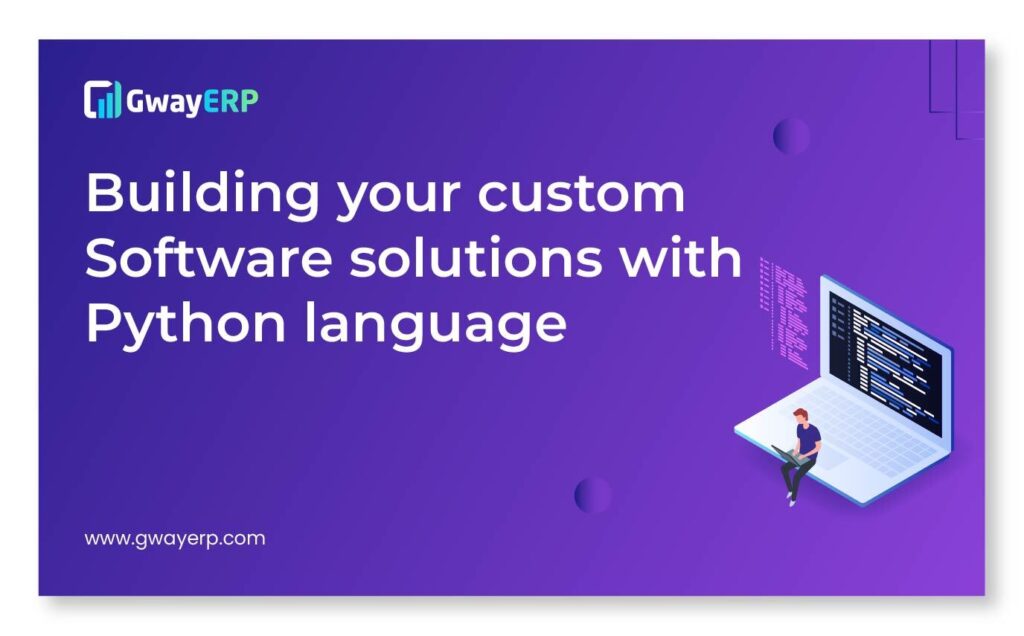
Introduction
In the quick-paced panorama of a brand new virtual era, the Internet of Things (IoT) sticks out as a transformative force, ushering in a new generation of seamless connectivity and automation throughout a numerous range of industries. Yet, to honestly liberate the boundless ability of IoT, agencies should embrace the energy of DevOps methodologies. By integrating the power of DevOps, organizations can achieve incredible gains in efficiency, security, and scalability in their IoT endeavors.
In this complete guide, we are able to embark on a adventure to explore the harmonious dating between DevOps and IoT, uncovering how these two forces come collectively to redefine the technological panorama. We may even delve right into a treasure trove of practical techniques which could supercharge your IoT projects, making sure they not handiest meet however exceed your goals in this dynamic digital age.
Table of Contents
- Understanding DevOps and IoT
- Benefits of Merging DevOps with IoT
- Overcoming Challenges with DevOps in IoT
- Practical Strategies for DevOps in IoT
- Tools and Technologies for DevOps in IoT
- Conclusion
I. Understanding DevOps and IoT
DevOps, short for Development and Operations, is a set of practices and cultural principles aimed at improving collaboration and integration between software development (Dev) and IT operations (Ops) teams. It focuses on automating the best erp software development lifecycle, enabling continuous improvement, testing, deployment, and monitoring. By bridging the gap between development and operations, DevOps promotes faster software delivery, enhanced collaboration, and improved efficiency.
On the other hand, the Internet of Things (IoT) refers to a network of physical devices, vehicles, buildings, and other objects embedded with sensors, software, and internet connectivity. This connectivity allows these devices to collect and exchange data, extending internet capabilities beyond traditional devices like computers and smartphones. Interconnected IoT devices communicate and share data, enabling intelligent decision-making and automation of various processes.
II. Benefits of Merging DevOps with IoT
1. Improved Efficiency
When IoT devices are included right into a DevOps pipeline, it streamlines the development and deployment approaches. Developers can continuously display and replace device firmware, leading to more green operations and quicker reaction times to problems.
2. Enhanced Security
Security is a paramount challenge in IoT, wherein devices are vulnerable to cyber threats. DevOps practices, inclusive of Continuous integration and Continuous deployment (CI/CD), permit for rapid security updates, decreasing the vulnerability window.
3. Scalability
As IoT networks grow, coping with increasingly more devices becomes a challenge. DevOps automates the scaling of IoT infrastructure, ensuring that it is able to cope with new gadgets seamlessly without guide intervention.
4. Quality Assurance
DevOps emphasizes computerized checking out, that is important inside the IoT international. It guarantees that new tool updates and capabilities paintings seamlessly without compromising on best.
III. Overcoming Challenges with DevOps in IoT
1. Diverse Hardware and Protocols
IoT gadgets come in diverse sizes and styles, each with its very own set of hardware specs and conversation protocols. This range makes standardization a challenge. One way to overcome this is by developing abstraction layers that decouple the software from the hardware specifics, taking into account less difficult integration and flexibility throughout many devices.
2. Data Management
Managing and deriving significant insights from the widespread amount of facts generated through IoT devices can be overwhelming. DevOps practices can streamline records control via integrating robust analytics gear into the improvement pipeline. Real-time records analytics no longer simplest offer valuable insights but additionally enable predictive preservation and information-pushed decision-making.
3. Connectivity Issues
IoT gadgets regularly perform in faraway or tough environments, main to connectivity troubles. DevOps can cope with those problems by offering actual-time tracking and alerting structures that pick out and deal with connectivity issues right away.
4. Security Concerns
IoT gadgets frequently take care of sensitive information, making them beneficial targets for cyber-assaults. DevOps practices want to comprise robust security features, along with encryption, secure coding practices, and normal security audits. Automated safety testing equipment can help pick out vulnerabilities early inside the development process, allowing timely mitigation.
IV. Practical Strategies for DevOps in IoT
1. Continuous Integration (CI) and Continuous Deployment (CD)
Establish CI/CD pipelines tailored for IoT programs. This automation allows common code integration, trying out, and deployment, making sure speedy improvement and dependable, non-stop updates to IoT structures.
2. Version Control
Utilize model control structures (e.G., Git) to tune modifications inside the source code. Encourage collaboration among builders with the aid of the usage of collaborative systems like GitHub or GitLab. Version control ensures that changes are tracked, facilitating collaboration among crew members, even in geographically distributed environments.
3. Monitoring and Analytics:
Implement complete monitoring and analytics equipment that provide real-time insights into IoT tool overall performance, utility conduct, and user interactions. Data-driven choices and proactive trouble resolution are essential for preserving efficient IoT operations.
4. Implement Infrastructure as Code (IaC):
Adopt Infrastructure as Code (IaC) ideas to automate the provisioning and control of infrastructure components. Define infrastructure configurations in code using tools like Terraform or AWS Cloud Formation. IaC guarantees consistency throughout exceptional environments and allows the automated setup of IoT infrastructure, lowering configuration mistakes and enhancing scalability.
Section 5: Tools and Technologies for DevOps in IoT
Implementing a a success DevOps method in the realm of IoT demands a cautious choice of gear and technologies tailored to the precise demanding situations posed with the aid of interconnected gadgets, various protocols, and ranging hardware specs. Here’s an overview of some key equipment and technologies instrumental in facilitating DevOps practices within IoT initiatives:
1. Docker
Docker revolutionizes the manner IoT packages are evolved, shipped, and deployed. By encapsulating applications and their dependencies into bins, Docker ensures that these programs run continually throughout different environments.
2. Kubernetes
Kubernetes, regularly abbreviated as K8s, is an open-supply container orchestration platform. It automates the deployment, scaling, and control of containerized programs, making it a useful device for coping with big-scale IoT networks.
3. Jenkins
Jenkins is a main open-supply automation server that helps building, checking out, and deploying code. In the world of IoT, wherein continuous integration and continuous deployment are important, Jenkins performs a pivotal function. DevOps groups use Jenkins pipelines to automate the complete software improvement system. It integrates seamlessly with diverse source manipulate structures and checking out frameworks
4. Ansible
Ansible is an open-source automation tool used for configuration control, software deployment, and challenge automation. In the IoT atmosphere, Ansible simplifies the configuration control of devices. DevOps engineers can write Ansible playbooks to outline the favored kingdom of IoT devices
5. Security Tools
Ensuring the security of IoT networks is paramount. OWASP ZAP (Zed Attack Proxy) and Sureness are powerful security equipment that help discover vulnerabilities and threats inside IoT networks.
- OWASP ZAP: ZAP is a famous open-source safety testing tool actively maintained with the aid of an global community. It assists DevOps teams in finding safety vulnerabilities in IoT applications during the development section. ZAP provides automatic scanners and various gear for manual testing, supporting perceive and fix safety problems earlier than deployment.
- Nessus: Nessus is a comprehensive vulnerability evaluation tool that identifies protection vulnerabilities, misconfigurations, and malware in IoT networks. DevOps teams can use Nessus to perform regular scans on IoT devices and networks. It presents particular reports, permitting corporations to deal with vulnerabilities proactively and beautify the general protection posture in their IoT deployments.
VI. Conclusion
In the age of the Internet of Things, in which connectivity and efficiency are paramount, the integration of DevOps standards with IoT can be a sport-changer for corporations. By recognizing the synergies among DevOps and IoT, tackling the inevitable challenges, and imposing pragmatic techniques, your employer can position itself at the forefront of the IoT revolution.
It’s important to strain that this journey isn’t always a one-time undertaking however a non-stop, adaptive manner. Staying agile, equipped to iterate, and willing to evolve to the ever-evolving IoT landscape is prime to reaping the total advantages of improved connectivity and efficiency in the global of IoT.

